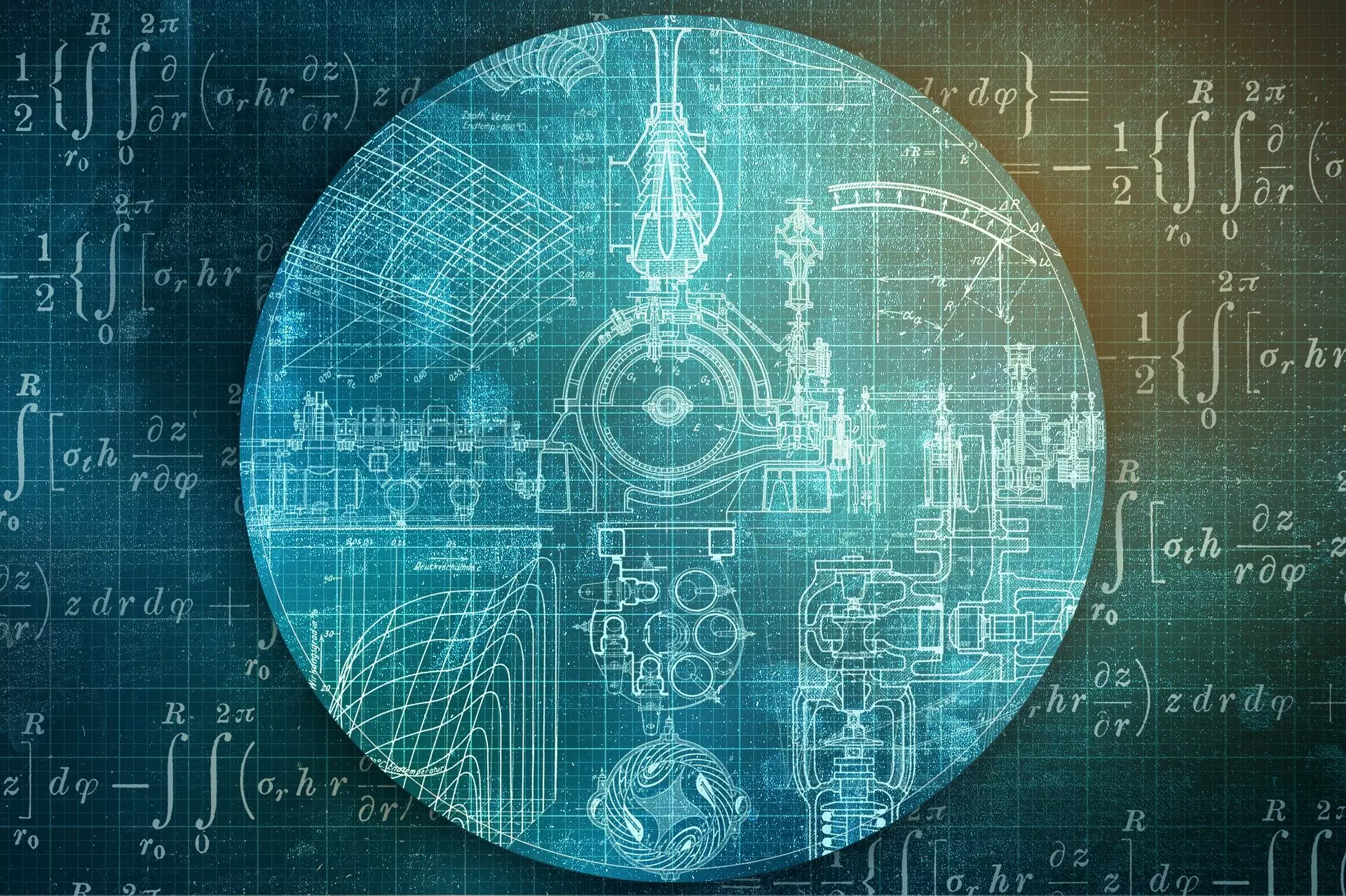In recent years, the field of artificial intelligence (AI) has witnessed significant advancements in generative models. These models, which are a type of machine-learning algorithm, have the ability to learn patterns from sets of data in order to generate new, similar sets of data. Generative models are commonly used for tasks such as image generation, natural language generation, and music composition. One of the most famous examples of generative models is chatGPT. While these models have shown remarkable success in various applications, there is a lack of theoretical understanding regarding their capabilities and limitations. This gap in knowledge can have a significant impact on the development and use of generative models in the future.
The Study on Generative Models
A team of scientists led by Florent Krzakala and Lenka Zdeborová at EPFL recently conducted a study to investigate the efficiency of modern neural network-based generative models. The study, which was published in PNAS, compared contemporary methods with traditional sampling techniques. The researchers focused on a specific class of probability distributions related to spin glasses and statistical inference problems. This analysis aimed to shed light on how generative models utilizing neural networks perform in sampling from known probability distributions.
The researchers examined different types of generative models, including flow-based models, diffusion-based models, and generative autoregressive neural networks. Each of these models operates in a unique way to learn data distributions and generate new data instances. By using a theoretical framework, the team mapped the sampling process of these neural network methods to a Bayes optimal denoising problem. This approach allowed them to compare how each model generates data by likening it to the task of removing noise from information.
Drawing inspiration from the complex world of spin glasses, which are materials with intriguing magnetic behavior, the researchers were able to gain insights into how neural network-based generative models navigate data landscapes. By studying the capabilities and limitations of these models against traditional algorithms like Monte Carlo Markov Chains and Langevin Dynamics, the team identified areas where modern generative models excel and where they may face challenges.
The study revealed that modern diffusion-based methods may encounter difficulties in sampling due to a first-order phase transition in the algorithm’s denoising path. This means that sudden changes in how noise is removed from the data can pose challenges for these models. However, the research also highlighted instances where neural network-based models demonstrate superior efficiency compared to traditional methods. This nuanced understanding provides a balanced perspective on the strengths and limitations of both contemporary and traditional sampling methods.
The study on modern generative models in AI offers valuable insights that can guide the development of more robust and efficient neural networks. By establishing a clearer theoretical foundation, researchers can work towards creating next-generation models capable of handling complex data generation tasks with unprecedented efficiency and accuracy. The research serves as a roadmap for the advancement of generative models in the field of artificial intelligence.


Leave a Reply